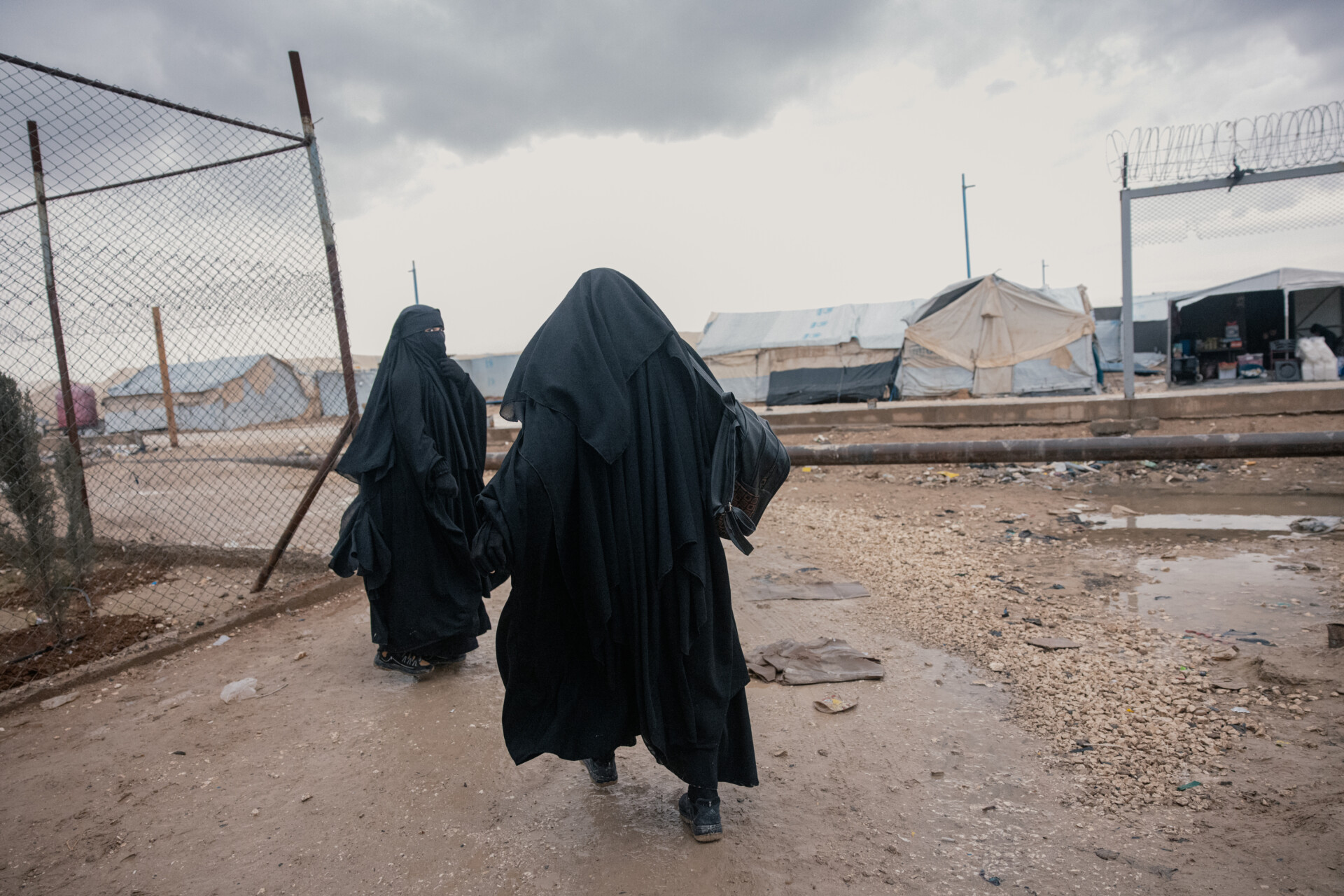Al-Hawl and Roj Camps: A Growing Humanitarian Challenge
In Northeast Syria, over 39,000 people remain in al-Hawl and Roj camps, with the majority being women and children. Many individuals are reportedly linked to ISIS, while others have been caught in the conflict, facing legal uncertainties and lacking access to adequate protection and services.
The situation is particularly dire for the 24,000 children living in these camps. For many, this is the only environment they’ve ever known, marked by limited access to education, healthcare, and protection from violence. As children age, some are subject to detention, while others are at risk of further radicalization due to their exposure to extremist ideologies.
A notable issue is the presence of Yazidi women, survivors of previous abductions and abuse, who continue to face challenging circumstances in these camps, with their identities often kept hidden. Additionally, children born of these traumatic experiences face difficult futures, living in isolation.
The humanitarian situation is further complicated by the reduction in aid and limited prospects for resettlement or reintegration. These conditions raise concerns about the potential long-term effects on stability and security in the region.
There is a pressing need for:
Comprehensive solutions for repatriation
Access to justice and protection services
Efforts to prevent further radicalization
International cooperation for sustainable support
The situation in these camps presents complex challenges that require coordinated action and careful consideration by the international community.
More information is included here: https://lnkd.in/enxzMene

